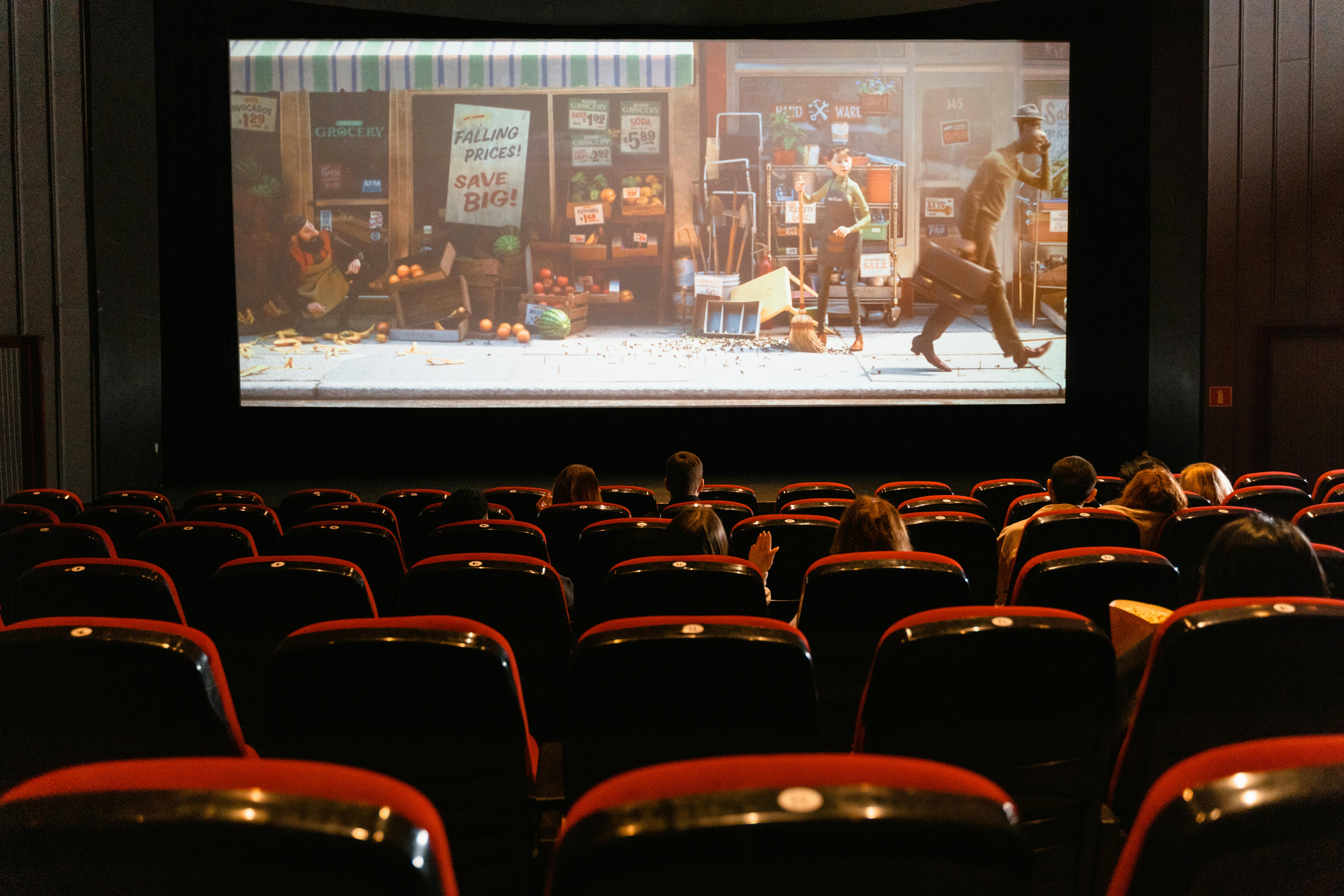Unveiling the Enigmatic World of Slow Cinema
In an era of fast-paced entertainment and rapidly changing visual landscapes, a unique cinematic movement quietly challenges conventional narratives and viewing experiences. Slow cinema, a genre characterized by its languid pacing, minimal dialogue, and contemplative shots, has been steadily gaining traction among cinephiles and critics alike. This article delves into the intriguing realm of slow cinema, exploring its origins, key filmmakers, and the profound impact it has on contemporary film culture.

Defining Characteristics of Slow Cinema
At its core, slow cinema is characterized by its deliberate pacing and emphasis on the mundane aspects of life. Long, static shots often dominate these films, allowing viewers to immerse themselves in the subtle details of each frame. Dialogue is typically sparse, with greater emphasis placed on visual storytelling and atmospheric sound design. This approach creates a meditative viewing experience, encouraging audiences to engage with the film on a deeper, more introspective level.
Key Figures in the Slow Cinema Movement
Several contemporary filmmakers have become synonymous with the slow cinema movement, each bringing their unique vision to the genre. Malaysian director Tsai Ming-liang is renowned for his minimalist approach and exploration of urban alienation. Hungarian filmmaker Béla Tarr’s works, such as the seven-hour epic Sátántangó, exemplify the genre’s commitment to extended duration. Thai director Apichatpong Weerasethakul has garnered international acclaim for his dreamlike narratives and languid pacing, blending Thai folklore with contemporary themes.
The Global Reach of Slow Cinema
While slow cinema initially found its strongest foothold in European and Asian art house circles, its influence has spread globally. Filmmakers from diverse cultural backgrounds have embraced the genre’s aesthetic principles, adapting them to tell stories deeply rooted in their local contexts. This global expansion has led to a rich tapestry of slow cinema works, each offering unique perspectives on time, space, and human experience.
Critical Reception and Festival Circuit
Slow cinema has become a staple of international film festivals, often garnering critical acclaim and sparking intense debates among cinephiles. Films in this genre frequently win prestigious awards, with directors like Nuri Bilge Ceylan and Lav Diaz achieving recognition at major festivals such as Cannes and Venice. However, the genre’s challenging nature has also led to polarizing reactions, with some critics praising its artistic merit while others decry its perceived inaccessibility.
The Digital Age and Slow Cinema
The rise of streaming platforms and digital distribution has had a complex impact on slow cinema. While these technologies have made the genre more accessible to global audiences, they have also raised questions about the ideal viewing conditions for these contemplative works. The tension between the immersive theater experience and the convenience of home viewing continues to shape discussions around slow cinema’s future and its ability to maintain its artistic integrity in the digital age.
Slow Cinema’s Influence on Mainstream Filmmaking
Despite its niche status, slow cinema has begun to influence more mainstream filmmaking practices. Elements of the genre’s aesthetic, such as extended takes and minimalist narratives, have found their way into commercial productions, enriching the cinematic landscape with diverse storytelling approaches. This cross-pollination demonstrates slow cinema’s growing impact on the broader film industry and its potential to shape future cinematic trends.
Challenges and Criticisms
Slow cinema is not without its detractors. Critics argue that the genre’s extreme pacing can be alienating to general audiences, potentially limiting its reach and cultural impact. Additionally, some filmmakers have been accused of prioritizing style over substance, using long takes and minimal action as a shortcut to perceived artistic depth. These criticisms have sparked ongoing debates about the balance between artistic vision and audience engagement in contemporary cinema.
The Future of Slow Cinema
As the film industry continues to evolve, slow cinema stands at a crossroads. While the genre faces challenges in an increasingly fast-paced media landscape, it also presents unique opportunities for artistic expression and audience engagement. The future of slow cinema may lie in its ability to adapt to new viewing platforms while maintaining its core aesthetic principles, potentially leading to innovative hybrid forms that bridge the gap between art house and mainstream cinema.





